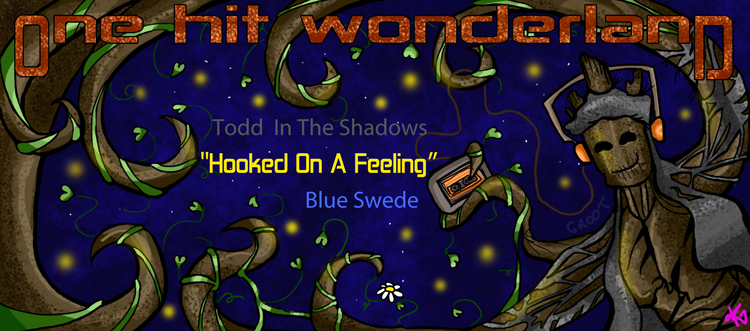


On a less depressing note, PMJ’s version of “ Titanium” is as empowering and cool as the original by Sia and David Guetta. The singer on this song has a grating and pleasantly whiny note to her voice, which complements the wholly bleak feel of the lyrics. Similarly, PMJ recreates this sad feeling, utilizing a slow, almost dragging swing feel and lazy piano comping. The original version of “Habits” is honestly heartbreaking, but not in a cutesy teenage angst way Tove Lo digs much deeper into a more long-lasting heartache.

Selfies on Kodachrome has several “bangers,” namely: “Habits,” and “Titanium.” “Habits” is their rendition of the song by Swedish singer/songwriter Tove Lo. For some specifics, they released Selfies on Kodachrome, in 2015, Swing the Vote, in 2016, Squad Goals in 2016, and (my personal favorite title): Fake Blues in 2017.Īlmost every pop song you can think of, PMJ has created a swingy cover of. They have released 20 songs since their initial forming as a group, and you can really tell they’re putting forth an artsy antique vibe (as seen with their 20s-styled album art), mixed with modern day twists on album names, where they poke fun at current events. They incorporate a rhythm section and instruments that actively participate in performing the song – solos, fills, and general backing that really put everything together. PMJ’s main claim to fame is their ability to transform modern pop hits into songs reminiscent of hits from the Swing Era. PMJ (as this group’s name is often shortened and referred to), was founded by Scott Bradlee in 2011, and the group consists of a constantly revolving set of musicians (according to internet sources: “a musical collective”). This proverbial generational gap can be hard to bridge, but there is one specific musical group, Scott Bradlee’s Postmodern Jukebox, that does an exceptional job of doing just that. I would like to insert a statement here that, in fact, there is quite a large population of “young people” who happen to love “old people” music, but that’s beside my main point. There’s always been a gap between “older people” music and the music of us young kids (and not just in years).


 0 kommentar(er)
0 kommentar(er)
